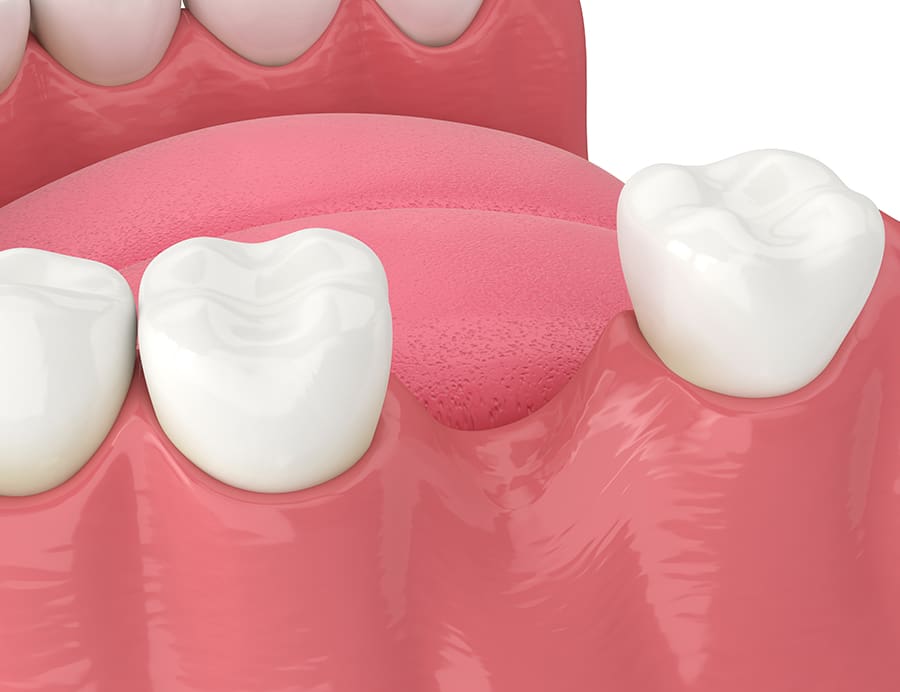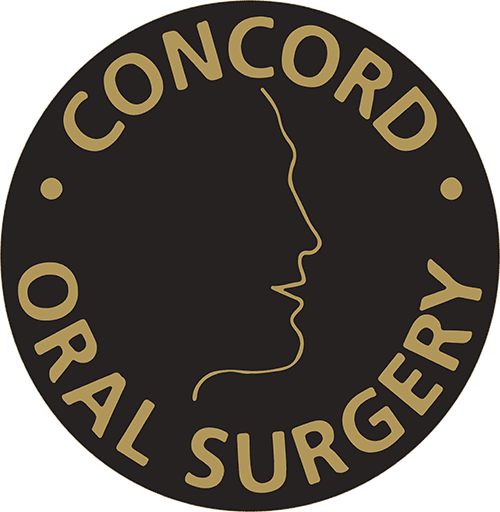Socket preservation (alveolar ridge preservation) is a dental procedure performed at the time of extraction to maintain the bone density in the site where a tooth has been removed.
When a tooth is extracted, the surrounding bone can resorb or shrink over time, leading to potential complications for future dental procedures such as dental implants or dental bridges.
Alveolar ridge preservation helps maintain the natural shape and structure of the jaw bone, providing a stable foundation for future treatments.
Key Takeaway
Socket preservation is a dental procedure that helps maintain the bone in the site where a tooth has been extracted. It is important for maintaining the natural structure of the jaw bone and providing stability for future treatments.
Why is Socket Preservation Necessary?
Tooth roots play a crucial role in stimulating the jaw bone through a process called mechanical loading. When you chew, the forces generated by the tooth roots are transmitted to the surrounding bone, promoting its health and density.
Without these natural stimuli from tooth roots, the jaw bone begins to lose density and shrink. This is called bone resorption.
A socket preservation bone graft helps prevent these issues by preserving the bone density, shape, and strength of the jaw.

Eligibility For Socket Preservation
Socket preservation is recommended for patients who:
- Plan to get a dental implant in the future to replace the extracted tooth
- Want to maintain the natural shape and structure of their jawbone
- Are concerned about facial aesthetics after a tooth extraction
- Have good oral health and overall health
Patients with certain medical conditions or who smoke heavily may not be ideal candidates for socket preservation.
Benefits of Socket Preservation
- Preserves natural jawbone structure: This procedure prevents the resorption of bone in the extraction site, maintaining the natural shape and structure of the jaw.
- Provides stable foundation for future treatments: By preserving bone density and shape, it creates a stable foundation for future tooth replacement options such as dental implants or dental bridges.
- Reduces risk of complications: Maintaining the bone structure can reduce the risk of complications during future procedures and improve their success rate.
- Improves aesthetics: It helps to prevent changes in facial appearance that can occur due to bone loss in the jaw.
- Maintains oral health: This approach helps to maintain the overall health of the mouth by preventing bone loss and preserving the natural structure.
Immediate Socket Preservation
Immediate socket preservation is performed at the same time as a tooth extraction.
The goal is to fill the empty space with bone or bone substitutes to maintain the original shape and density of the jaw.
If socket preservation is not done after tooth extraction, a different bone grafting procedure called ridge augmentation may be needed before an implant(s) can be placed.
This procedure restores the height and width of the alveolar bone so that it can support a dental implant.
Procedure Details
- Local anesthesia will be used to numb the area. Intravenous sedation may also be used for a more comfortable experience.
- The tooth will be carefully extracted, and any remaining debris or tissue will be gently removed from the socket.
- The bone graft material will then be placed in the socket to fill the space. PRF and BMP may also be used to promote healing and regeneration of new bone in the socket.
- The graft material will be covered with an artificial membrane to protect it and promote healing.
- The extraction site will be sutured closed.
Bone Graft Materials
There are 4 types of bone grafting material: autografts, allografts, xenografts, and synthetic bone grafts.
- Autografts are harvested from the patient’s own body, usually from the chin or hip bone.
- Allografts are human bone that come from a tissue bank.
- Xenografts come from animal sources such as cows or pigs.
- Synthetic bone grafts are made from synthetic materials.
Key Takeaway
Socket preservation is performed immediately after a tooth extraction to preserve the bone in the socket and maintain the natural shape and structure of the jaw. Different types of bone grafting materials can be used for this procedure.
Recovery and Aftercare
It will take about two weeks to recover from the surgical procedure and up to six months for the bone graft to fully integrate and for new bone growth to occur.
Healing time varies from person to person and will depend on your overall health, lifestyle, and how well you follow the post-op instructions.
Aftercare Tips:
- Do not smoke for a minimum of 2 weeks around the date of surgery and avoid using a straw for the first 72 hours to prevent dislodging the blood clot in the extraction site.
- Limit vigorous exercise for 5 days after surgery, as it can increase blood pressure and cause bleeding from the extraction site.
- Apply ice packs to reduce swelling and take pain medication as prescribed to manage any discomfort.
- Take antibiotics as directed, even if no signs of infection are present.
- Consume plenty of fluids and stick to soft foods on the day of the procedure. Resume normal eating habits once comfortable.
- Maintain a good oral hygiene routine. Brush twice a day and floss at least once daily. Be careful around the extraction site.
- Attend all follow-up appointments with your surgeon.
You will be given detailed pre- and post-operative instructions; it is essential that you follow them carefully.
Risk of Socket Preservation
Socket preservation is a safe and routine dental procedure with minimal risk.
However, as with any surgery, there are potential risks involved. These may include:
- Infection
- Bleeding
- Swelling
- Allergic reaction to the bone graft material
If you experience any unusual symptoms or concerns during your recovery, contact our office immediately.
Choose Concord Oral Surgery For Socket Preservation Surgery in Vaughan, ON
Socket preservation is an essential procedure for maintaining the natural structure of the jawbone after tooth extraction.
By preserving the bone density and shape, it provides a stable foundation for future treatments, reduces the risk of complications, and helps maintain facial aesthetics.
If you are planning on getting a tooth extracted or have recently had one removed, consider socket preservation at Concord Oral Surgery. We are committed to providing exceptional care and treatment for our patients in Vaughan, ON.
If you require a tooth extraction or have questions about the socket preservation procedure, contact our oral surgery clinic in Vaughan, ON. Call (905) 669-2616 or complete the appointment request form.
Check out our Google Reviews and see what our patients have to say about the treatment they received at our oral surgery office in Vaughan, ON.
FAQs About Socket Preservation
Is socket preservation painful?
Socket preservation is typically not a painful procedure as it is done under local anesthesia. You may experience some discomfort and swelling after the surgery, but this can be managed with over-the-counter pain medication.
Will I need another surgery if I want dental implants in the future?
If you plan on getting dental implants in the future, socket preservation is highly recommended as it provides a stable foundation for the implant.
Without socket preservation, there may not be enough bone in the extraction site to support a dental implant, and additional procedures may be needed before implant placement.
Can I have socket preservation at the same time as my tooth extraction?
Yes, socket preservation can be performed immediately after tooth extraction, which is known as immediate socket preservation. This allows for a more efficient and streamlined process for patients.
I had a tooth extracted a year ago, can I still get socket preservation?
No, socket preservation is only done after a tooth is extracted. If it has been more than a few months since your extraction, you may need to undergo ridge augmentation to augment your missing jaw bone.
